Fornasetti
There’s renewed buzz around the designer’s virtuosic talents,
as collectors vie for rare vintage pieces, says Virginia Blackburn
https://howtospendit.ft.com/house-garden/200419-collecting-fornasetti-designs
When someone asked my father the secret of his work.
he replied: The imagination.” says Barnaba Fornasetti, son of illustrious designer Piero Fornasetti.“ As a child he drew and painted constantly. He covered the walls of his bedroom with trompe l”oeil decoration: on the ceiling were hot-air balloons and strange flying machines
drifting through delicate clouds; on the walls dreamlike women appeared at painted windows. framed by classical columns, with other architectural elements and exotic birds everywhere.” Born in Milan in 1913 to an accountant father and German mother,
Piero’s whimsical designs quickly attracted attention. “He created a world of his own,” says Liliane Fawcett. owner of London design gallery Themes & Variations, which opened in 1984 with a Fornasetti exhibition. ‘He was prolific. moving from black and white cityscapes to animals and musical instruments.” By the 1960s. some 11.000 bore his signature, and when he died in 1988 Barnaba took the reins. reproducing his father’s original designs as well as coming up with new ones. Yet while modem-day Fornasetti continues to intrigue, it is the vintage pieces that command the highest prices ranging from a couple of hundred pounds for coasters and plates to six figures for the most exalted items of furniture.
“Serious collectors go for vintage,” says Fawcett, “especially idiosyncratic no-longer—produced pieces. The patination is slightly different, as older pieces have slightly yellowed over time.” Fawcett currently has two from the 19505: a Trellis cabinet (£14,000) with a subtle trompe l’oeil wicker effect, and a 1954 Musical Instruments screen (£18,500) with
classic black and white illustrations on a wooden background and a Roman wall on the reverse. Fawcett’s gallery is named after one of Fomasetti’s most popular ranges: the monochrome Tema e Variazioni series featuring the face of Italian opera singer Lina Cavalieri. The design appears in 350 variations, among them plates, glasses. paperweights and Candlesticks. Cheshire-based Holly Johnson Antiques has a large selection of vintage plates at around £450 each.
Fornasetti’s illustrations became engravings that were then recreated via a print transfer. “He did something incredibly new,” says dealer Peter Woodward , owner of Wiltshire-based 3Details, “and that was to impress a flat 2D image onto a 3D surface. The basis of all his work is really printmaking.” Woodward cites the Casa con Colonne black and white architectural design of the 1950s as a prime example, which he
currently has on an umbrella holder (£1,650) produced in 1999.
As Fornasetti’s work evolved, he began playing with the Piranesi architectural form, the highlight of which was the Architettural trumeau. This iconic piece is a tall trompe l‘oeil bureau (its shape designed by GioPonti), inspired by architectural prints of the 17th and
18th centuries. The 1951 prototype is housed in the V&A and only around 40 were produced in the 1950s, ’60s and ’70s, making early examples highly sought after. Holly Johnson Antiques currently has one, dating from 1959, for £140,000 (as well as a modern version at £45,000).
The trumeau can also be found in other less well-known designs; Panoplie, for example, merges garlands of leaves, fruit and flowers with musical instruments and opens onto a lute-playing musician. Christie’s sold a rare 1951 gold-on-black one for £47,500 (over an estimate of £25,000 to £35,000) in October, while Johnson has a c1955 gold-on-ivory example, one of just 15 produced, for £140,000.
“Fornasetti works in just about any interior — modern, minimal, Georgian or Victorian,” says Johnson, who is also drawn to his more colourful creations. A 2006 Moro chair (£6,000) by Atelier Fornasetti, for example, takes the form of a torso clad in a turban and cloak, while a 1960 umbrella stand (£3,000) shows a vibrant scene of two dogs nestling together on a tapestry-covered chair. Johnson’s passion for the designer has even been adopted by her parents, whose collection spans several properties: their Georgian house in Cheshire, an apartment in Spain and ski chalets in Les Gets, France. “I’ve got half-a-dozen serious pieces, as well as smaller ones like bookends,” says John Johnson, chairman of Fircroft, a recruitment service for the oil and gas industries. “My most unusual is a 30ft sideboard covered in old map charts. It’s a complete one-off. But it’s our Architettura trumeau that always arouses the most attention. As an engineer, I’m drawn to the architectural quality of the designs.” Collector Mike Fisher, creative director of Chelsea-based architecture and interior design practice Studio Indigo, is similarly taken. “I bought my first piece seven years ago – a chest of drawers decorated with the facade of a Palladian building.” He now has 10 pieces, which have cost between £2,000 and £70,000, including a Leopardo chest of drawers showing a camouflaged golden-coloured cat (a 1980s pair is available for £61,829 through Pamono). “I prefer Fornasetti’s
earlier designs and group items together from different periods, along with midcentury and contemporary furniture. I also love animals, so my umbrella stands are decorated with Afghan hounds and spaniels.” Every dog may have its day. but Fomasetti’s success seems here to stay. +
Written by Virginia Blackburn


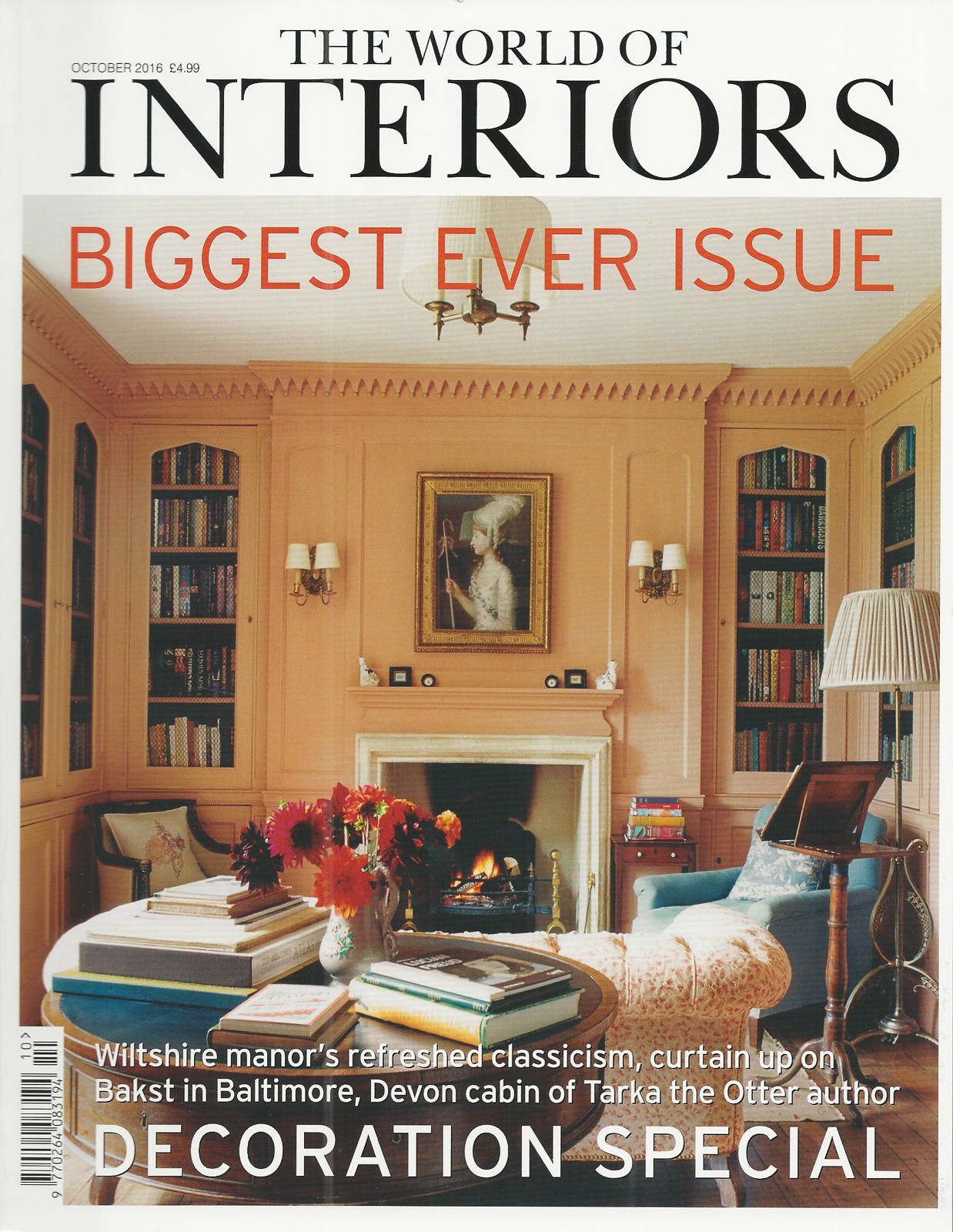
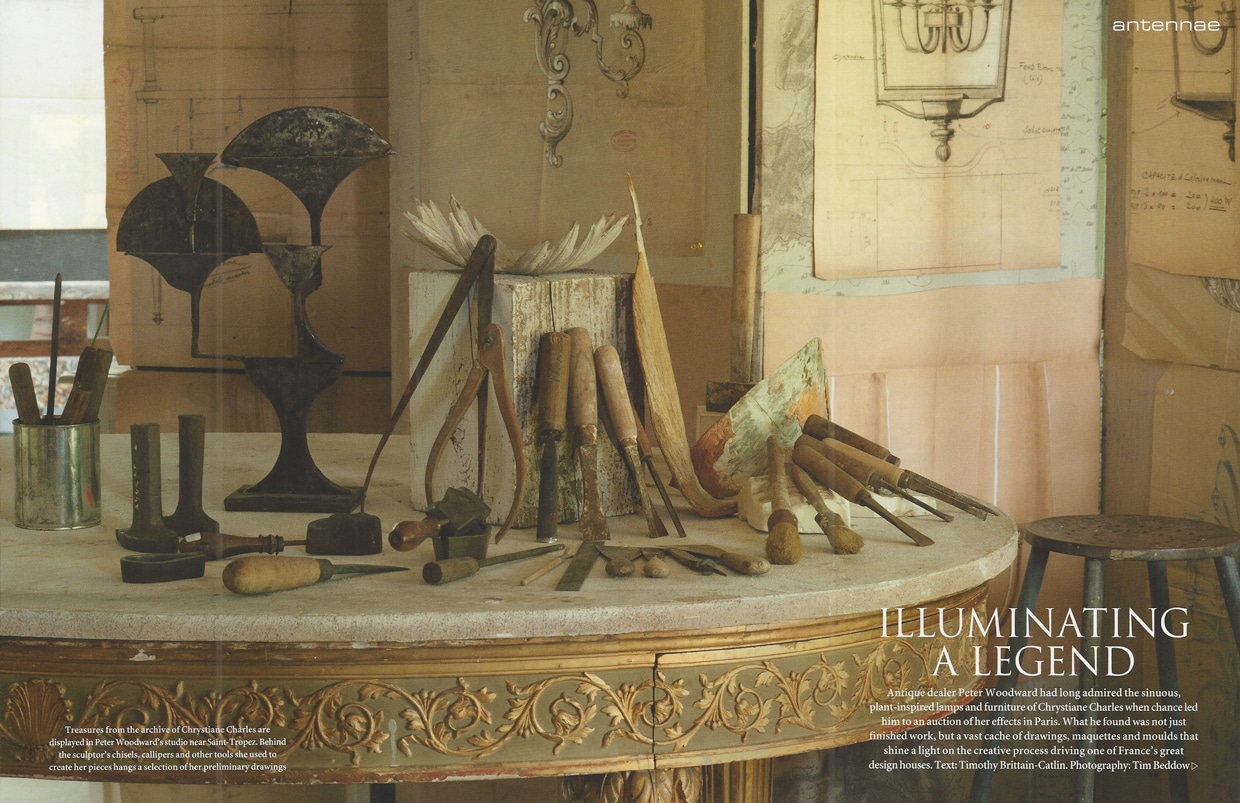


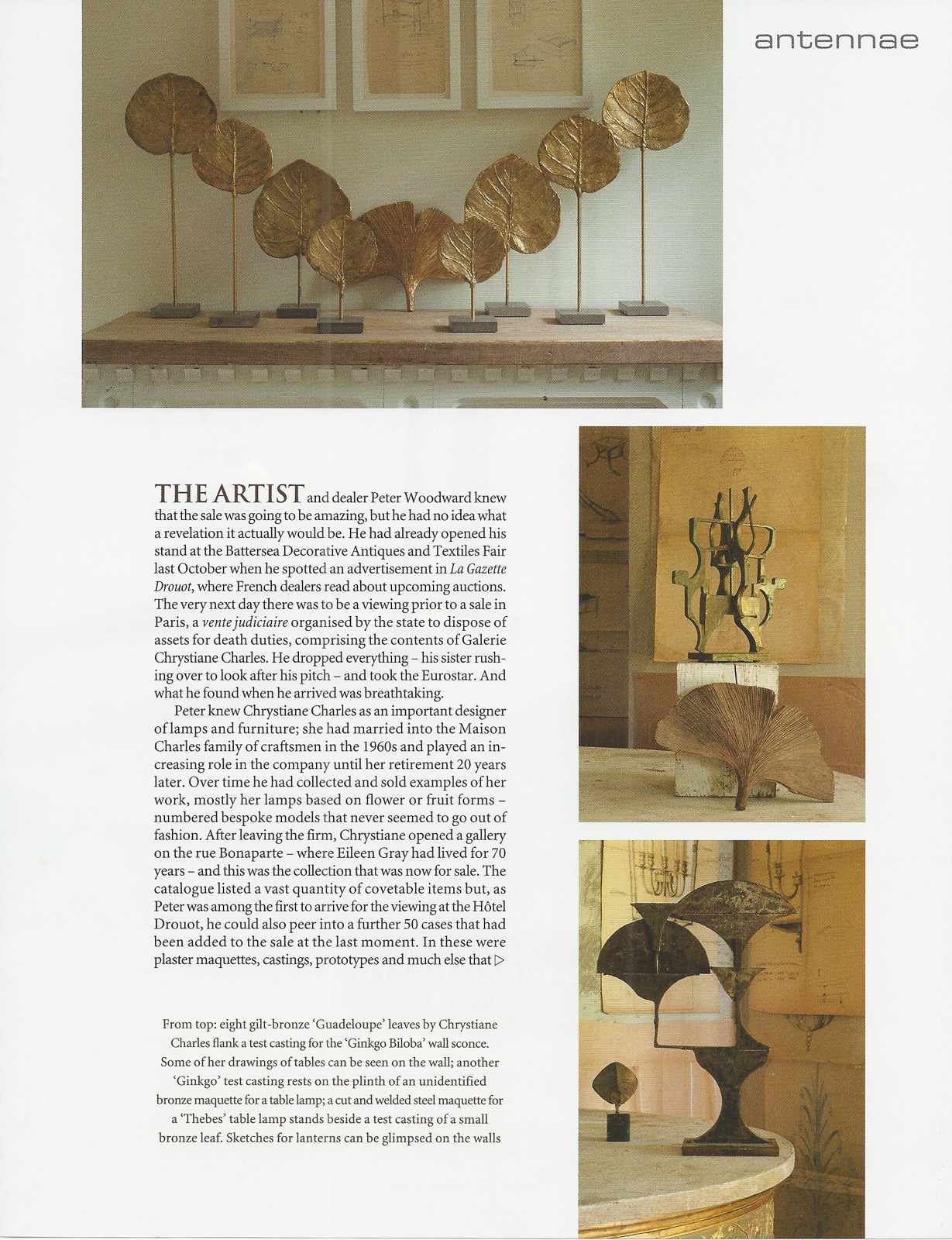
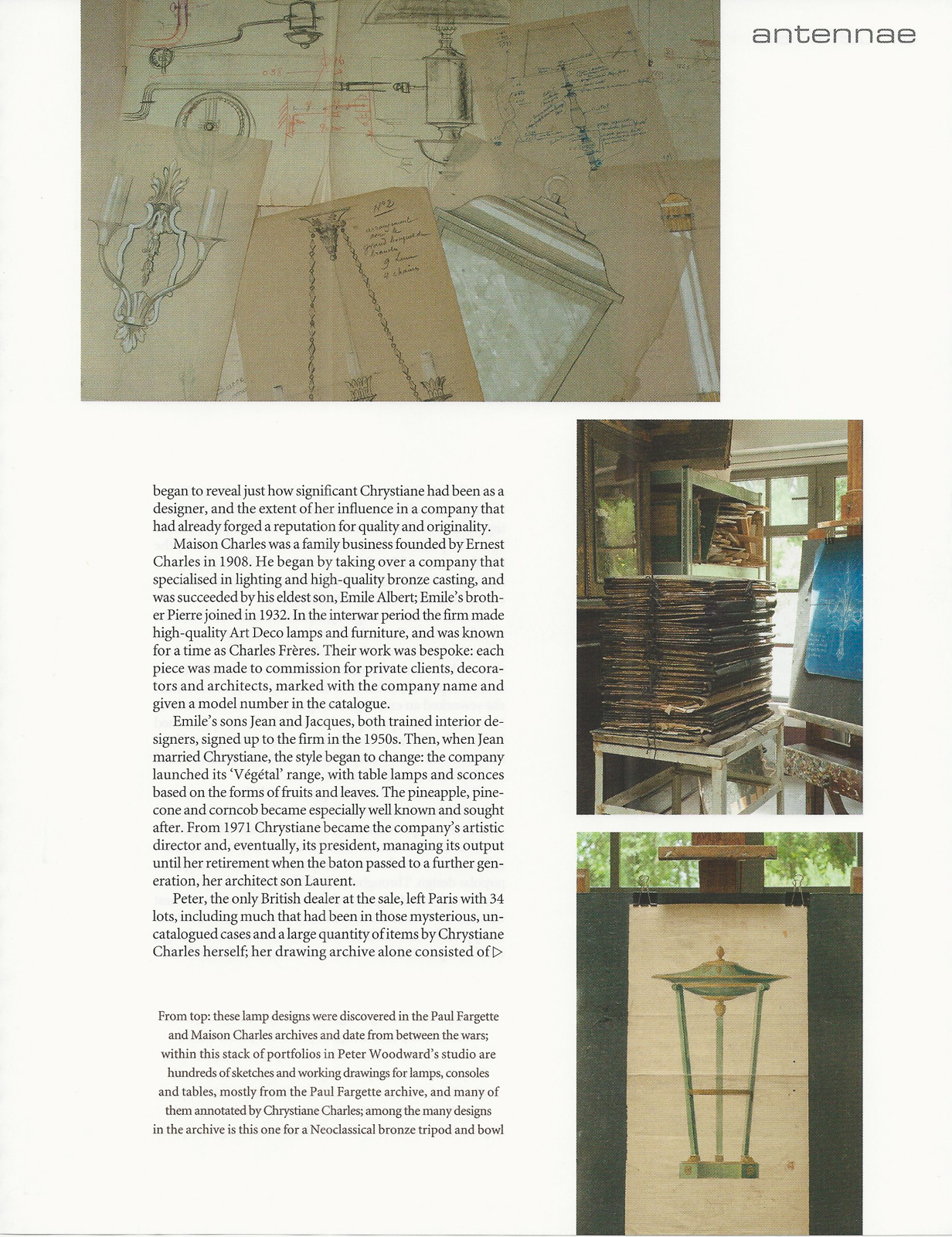

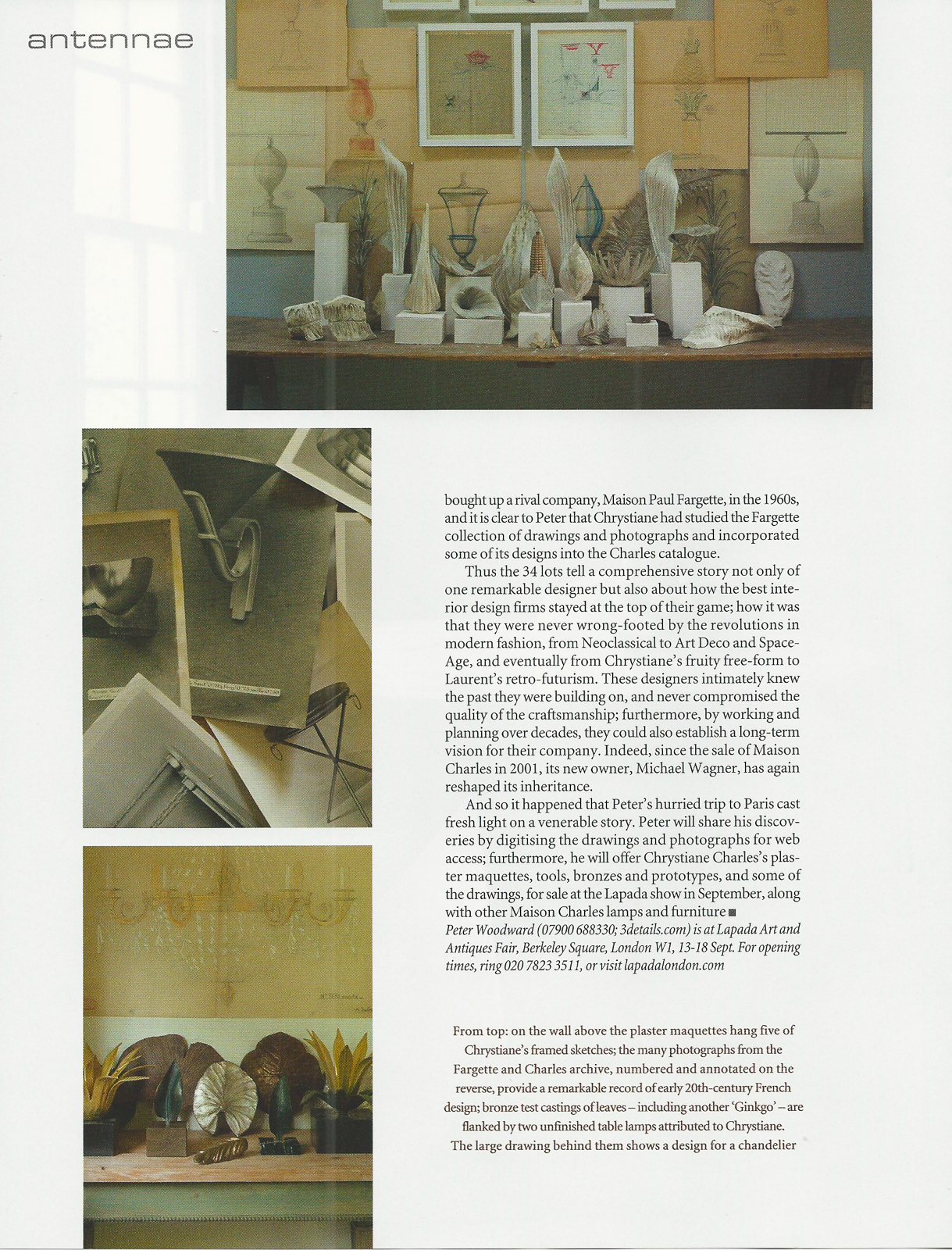
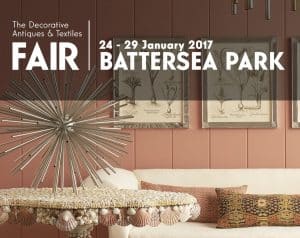 3details is exhibiting once more at “London’s most popular event for decorators seeking unusual antiques and statement pieces for interior design.”
3details is exhibiting once more at “London’s most popular event for decorators seeking unusual antiques and statement pieces for interior design.”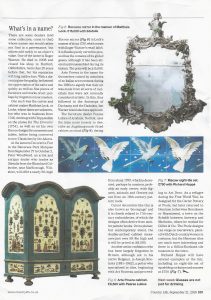
 In September we will be exhibiting again at LAPADA Art & Antiques Fair Berkeley Square 2016
In September we will be exhibiting again at LAPADA Art & Antiques Fair Berkeley Square 2016